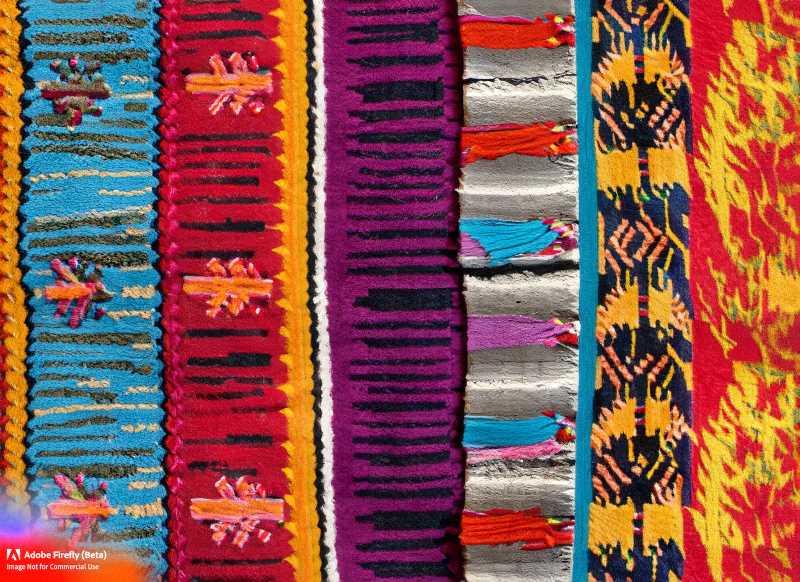The Stunning Textile Artistry of the State of Mexico
This article explores the world of textiles, from traditional handicrafts to modern industrial production. Discover the origins of textile inputs, the cultural significance of textile handicrafts, and the stunning pieces created by artisans in the State of Mexico.





